Kiwi Irrigation: [Needs, Frequency and Procedure]
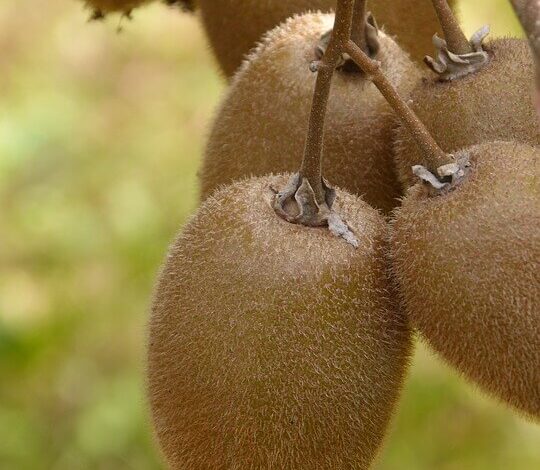
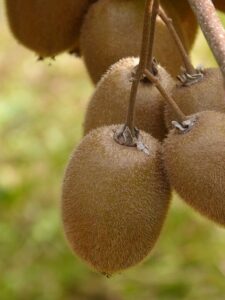 Kiwi is a type of fruit plant native to China, where it grows wild in the forests of the Yang-Tse-Kiang River Valley.
Kiwi is a type of fruit plant native to China, where it grows wild in the forests of the Yang-Tse-Kiang River Valley.
Among its species you can get different types, with some that give green fruits and others with yellow fruits.
In general, this plant has a high sensitivity to the climate and the soil, so these are two points that should be checked properly.
However, one way to improve kiwifruit health is by having irrigation information , since water is very important for this specimen.
Thinking about it, we have created this article with everything you need to know to be able to water your plant properly every time.
- Irrigation frequency: two to three times a week or according to the needs of the soil and the climate .
- Irrigation method: micro sprinklers.
- Optimal time of day for watering: at any time of the day.
- Identify excess water: water stagnation that can cause rot, softening of the stem.
- Identify lack of water: stunted roots, dry plant and no production of leaves, nuts and lifeless.
What irrigation needs does the kiwi have?
Kiwifruit is a plant with a special need for irrigation, being adequate to give it the correct amount of water on each occasion . Keep in mind that on many occasions it is essential that humidity is generated that can stabilize the climate, especially if it is too hot.
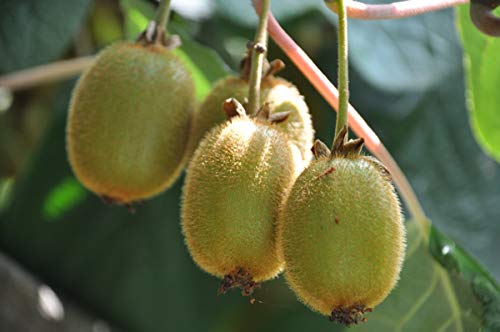
On the other hand, it is essential that the soil in which the plantation is carried out has optimal drainage, avoiding water stagnation. It is a plant with great needs for water and humidity , so you should pay attention that it gets what it needs and that it is never dry.
How can we detect the lack of irrigation in kiwi?
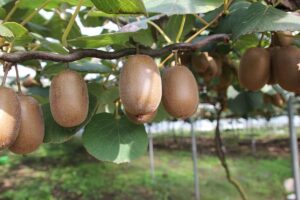 Because kiwi is a species that requires high humidity and abundant watering, lack of irrigation is easily detected.
Because kiwi is a species that requires high humidity and abundant watering, lack of irrigation is easily detected.
The soil will become hard and dry to begin with, causing the roots to stunt and become brittle and thin .
This will prevent the plant from being properly nourished, thus affecting its development, growth and production. For this reason, the leaves will be noticeable without color and dry , and may fall in cases that are too serious.
If the plant is in its production stage, it is possible that the fruits begin to dry out , and it is very likely that they will not ripen. Likewise, it may be the case that the fruits fall unable to stay attached to their branches due to the general weakness of the plant.
How often should we water the kiwi?
It is also convenient that the irrigation is much more abundant in the production time of the plant . This is because, by having fruits, this species increases its water requirement in order to improve the quality of its production and stay healthy.
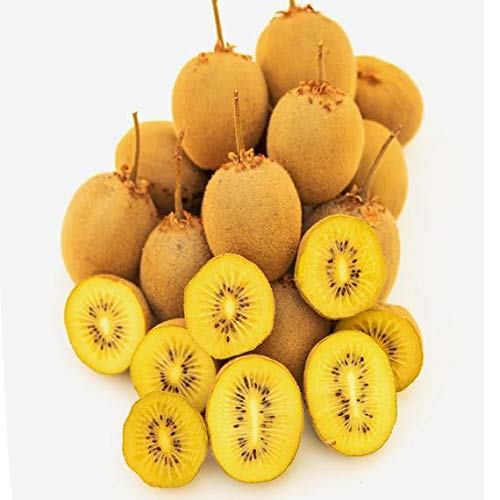
The important thing is that an appropriate humidity level can be established for the development of the plant, so you will have to keep an eye out.
What is the best way to water the kiwi?
The best way to water the kiwi is with the use of micro sprinklers that facilitate the correct distribution of water . This mechanism promotes that not only the soil is moistened in the best way, but it also facilitates that the environment is moistened.
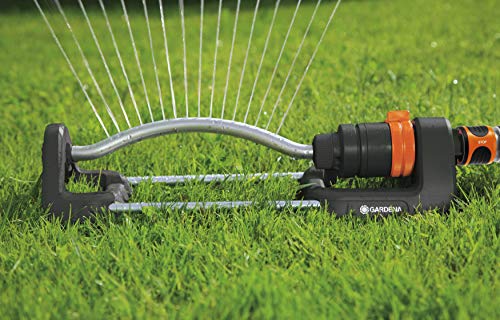
This environmental humidity is essential when having kiwi plants , since they need it to be healthy. In the same way, micro sprinklers can provide them with the water they need periodically, preventing them from drying out or being damaged due to lack of humidity.
How do we detect excess water in kiwi?
Among some of the details that can allow you to detect excess water is that the earth becomes too soft or forms small puddles. On the other hand, the stem of the plant can become much softer and less firm , which is an indication that excess water is causing problems.
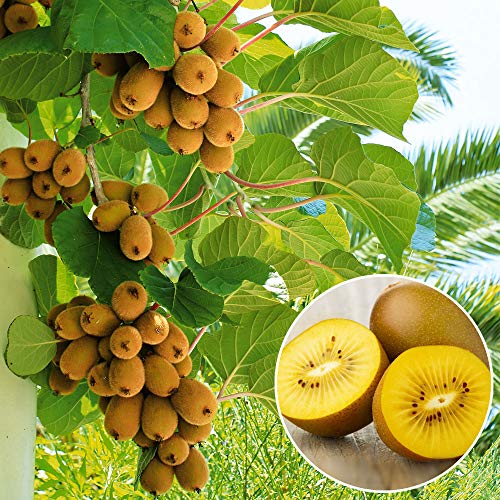
As for the roots, if excess water is kept for a long time, they can begin to rot , which will trigger problems throughout the specimen. The good news is that all these conditions only occur at extreme levels, so if your kiwi watering is appropriate you won’t have to worry.

![Photo of Types of Plants to Grow in Winter: [14 Examples]](https://www.complete-gardening.com/wp-content/uploads/2022/08/types-of-plants-to-grow-in-winter-14-examples-390x220.jpg)
![Photo of Viburnum Opulus: [Planting, Care, Irrigation, Substrate and Pests]](https://www.complete-gardening.com/wp-content/uploads/2022/08/viburnum-opulus-planting-care-irrigation-substrate-and-pests-390x220.jpg)
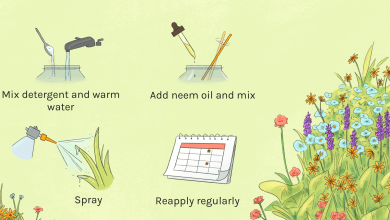
![Photo of Albizia Julibrissin: [Cultivation, Irrigation, Associations, Pests and Diseases]](https://www.complete-gardening.com/wp-content/uploads/2022/08/albizia-julibrissin-cultivation-irrigation-associations-pests-and-diseases-300x220.jpg)